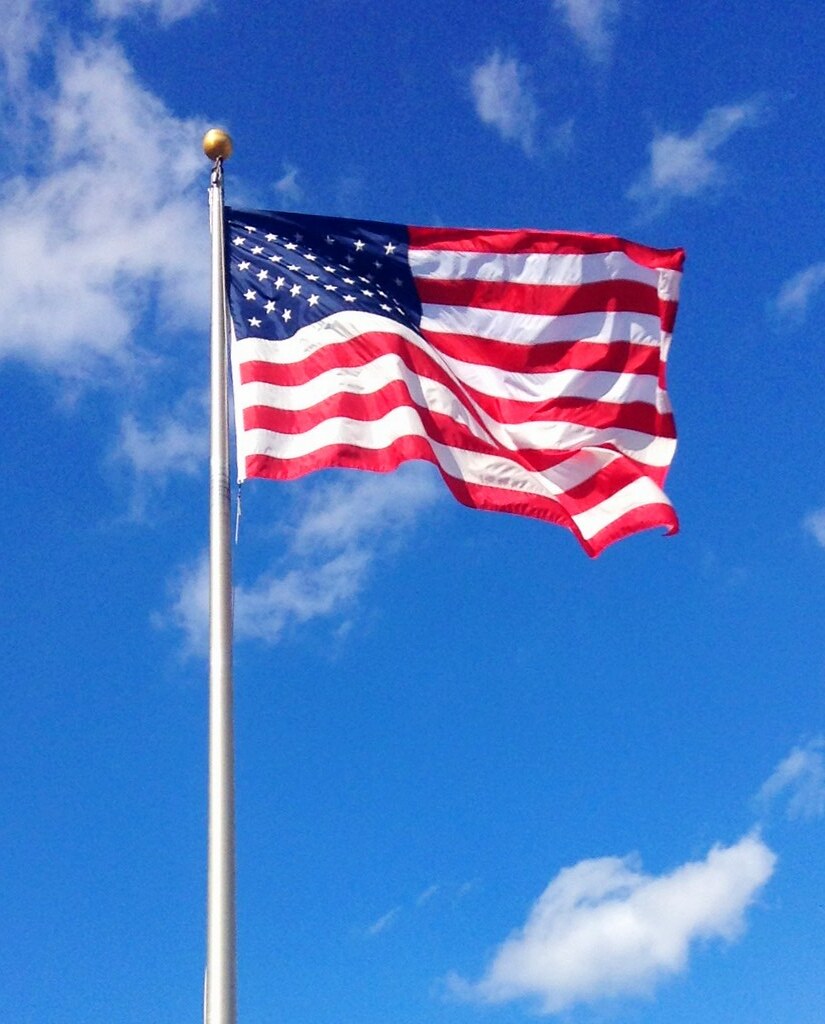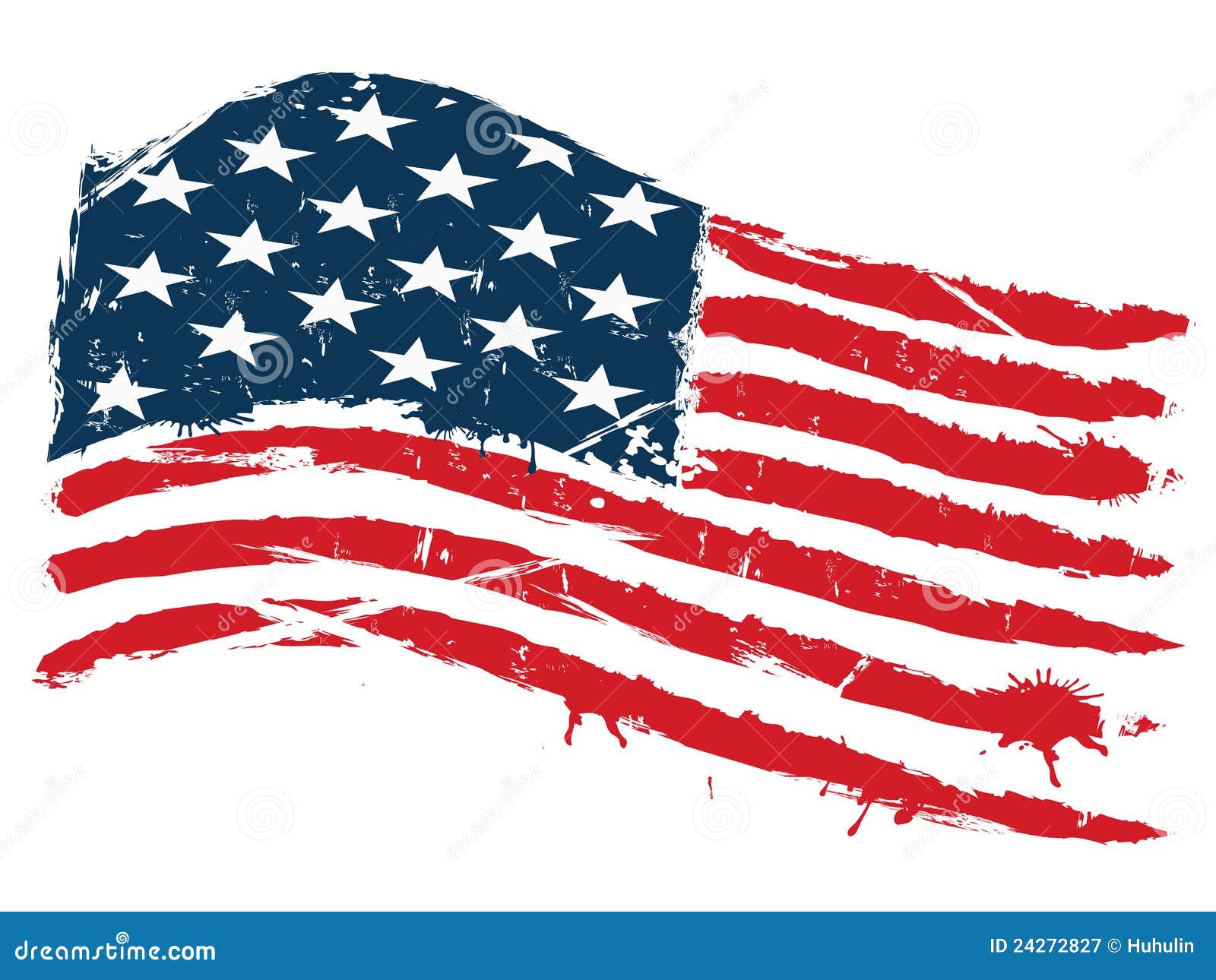Table Of Content

Greg Breeding, an art director for USPS, designed the stamp with an image provided by the National Aeronautics and Space Administration (NASA), the European Space Agency, the Canadian Space Agency and the Space Telescope Science Institute. In 1960, Heft’s 50-star American flag was officially displayed for the first time at Fort Henry in Baltimore, Maryland. This ushered in a new era in which the United States would begin to display the 50 embroidered star, stitched stripes American flag rather than the earlier flag variant with fewer stars. By giving away snippings, the Armisteads could share the Star-Spangled Banner with others who loved the flag. The citizens who received these mementos treated them with reverence and pride. Some framed and displayed these pieces of history in their homes; others donated them to museums.
Flags of the United States
The Continental Colors were believed to have first been raised on Jan. 1, 1776 in Massachusetts at the behest of George Washington. The original American flag soon began to fly at forts and on naval vessels. "Minnesotans deserve the right to vote for what represents them. If that flag is this one or if that flag is the new one, it's a Minnesotan's right to vote," said Rep. Bjorn Olson, R-Fairmont. He compared the backlash in Minnesota to the fierce debate in Canada in the 60s when it adopted its now-iconic maple leaf flag.
Other Theories About Who Made The First American Flag
Since the resolution did not specify the arrangements of the stars, flags exist with a variety of “constellations.” The “Betsy Ross” flag arranges the stars in a circular pattern. The current flag of the United States is the twenty-seventh version of the national flag. When the Thirteen Colonies were seceding from the British, there became a necessity for a flag to symbolize the patriot cause and rally individuals for the Revolution. U.S. flags are displayed continuously at certain locations by presidential proclamation, acts of Congress, and custom. Every U.S. astronaut since the crew of Gemini 4 has worn the flag on the left shoulder of his or her space suit, except for the crew of Apollo 1, whose flags were worn on the right shoulder.
10 Rejected American Flag Designs HISTORY - History
10 Rejected American Flag Designs HISTORY.
Posted: Tue, 13 Jun 2017 07:00:00 GMT [source]
Famous Americans
Wedding Blooms This 2-ounce floral stamp can be used to accommodate the weight of heavy invitations for birthdays, weddings, anniversaries and other celebrations; oversized greeting cards; and small gifts that require extra postage. This stamp is similar in design to the Celebration Blooms Forever stamp, also to be issued in 2024. This stamp features a vertical graphic illustration of brilliantly colored flowers rendered in ink and gouache paint. Derry Noyes, an art director for USPS, designed the stamp using an existing illustration by artist Kim Parker. During the 19th century, “The Star-Spangled Banner” became one of the nation’s best-loved patriotic songs.
Who Made The American Flag As We Know It Today?

What’s even more astonishing, however, is the fact that Heft didn’t score a perfect grade for his school project. It’s believed that Heft discussed the grade with his teacher, and the two joked that if Congress selected Heft’s design, his grade would be changed to an A. To the surprise of both parties, Congress did, in fact, choose Heft’s design. Heft’s teacher fulfilled her promise by changing his grade from a B- to an A. In the late 1800s, souvenirs, or relics, of important events and people in American history became highly prized and collectible objects. The Star-Spangled Banner, historic and celebrated, was subjected to this practice.

The Minnesotan behind the design, Andrew Prekker, spoke with WCCO on Wednesday about the achievement. Dates in parentheses denote when the current flag was adopted by the state's legislature. Britain’s defeat at the 1781 Battle of Yorktown marked the conclusion of the American Revolution and the beginning of new challenges for a new nation. Not even three decades after the signing of the Treaty of Paris, which formalized Britain’s recognition of the United States of America, the two countries were again in conflict. Resentment for Britain’s interference with American international trade and impressment of American sailors combined with American expansionist visions led Congress to declare war on Great Britain on June 18, 1812.
American Revolutionary War
Some private use is year-round, but becomes widespread on civic holidays like Memorial Day, Veterans Day, Presidents' Day, Flag Day, and on Independence Day. On Memorial Day, it is common to place small flags by war memorials and next to the graves of U.S. war veterans. Also, on Memorial Day, it is common to fly the flag at half staff until noon to remember those who lost their lives fighting in U.S. wars. The "relative" coordinates in the following table were found by scaling the luminous reflectance relative to the flag's white.
Associated people
Though most are aware of an early American flag with a circle of stars in the canton, the history of its gradual design changes remains largely unexplored. Not only was the first design likely inspired by the British East India Company, but the stars and stripes have never meant what you may think. U.S. Flags The Postal Service continues its tradition of celebrating the U.S. flag with these stamps, available in booklets of 20 and in coils of 100, 3,000 and 10,000. Four stamps feature the flag majestically waving at different times of the day. While the shapes and colors of the clouds change, the sun is always shining on Old Glory. Shown from a low-angle perspective, the flags draw attention upward, toward the magic of the sky.
How a High Schooler Designed the Current American Flag - Reader's Digest
How a High Schooler Designed the Current American Flag.
Posted: Sat, 30 Dec 2017 08:00:00 GMT [source]
The pane verso features an illustration of a round silver button back with pin fastener repeated 20 times, one for each pinback button stamp shown on the front of the pane. Cosmic Cliffs (Priority Mail Express) This remarkable image from the James Webb Space Telescope is a digitally colored depiction of the invisible bands of mid-infrared light emitted by the Cosmic Cliffs of the Carina Nebula. Red and yellow flares scattered throughout the cliffs show developing and newly born stars.
John Paul Jones would go on to be referred to as the “Father of the American Navy” for his bravery, skill, and dedication. "Bob" Heft (January 19, – December 12, 2009) was the designer of the current United States 50-star flag. He has also designed a 51-star flag that would be used if a new state joins the United States.[1] He was born in Saginaw, Michigan in January 1942.
This might indicate that the creation of the flag was a group effort of sorts, one that may or may not have included Ross. Most historians credit Francis Hopkinson, a New Jersey delegate to the Continental Congress, with designing the first flag. This is largely due to a payment that he sought from the Board of Admiralty for his design of the “flag of the United States of America” in 1780.
However, the number of stars increased with accession of new members from 13 to 50. The last star was added in 1960, when Hawaii officially became a part of the US. Since its origins in 1777, the American flag has been revised over two dozen times. When it was originally designed, the American flag featured 13 stripes along with 13 stars. While the current American flag still features 13 stripes, it now has 50 stars.

No comments:
Post a Comment